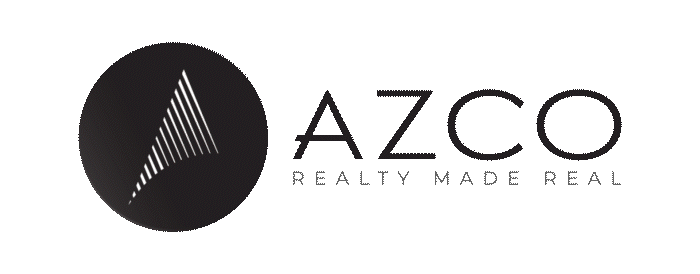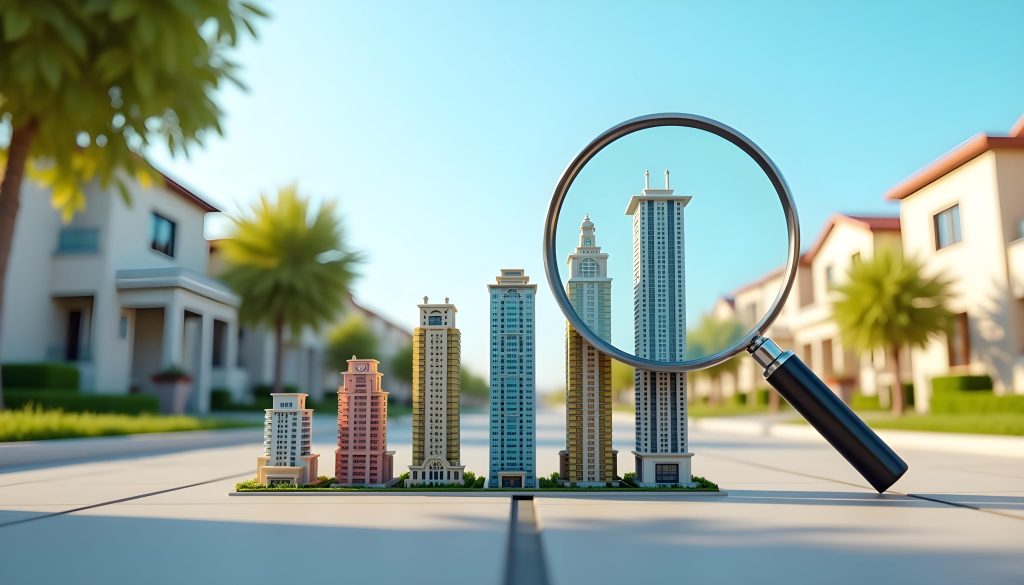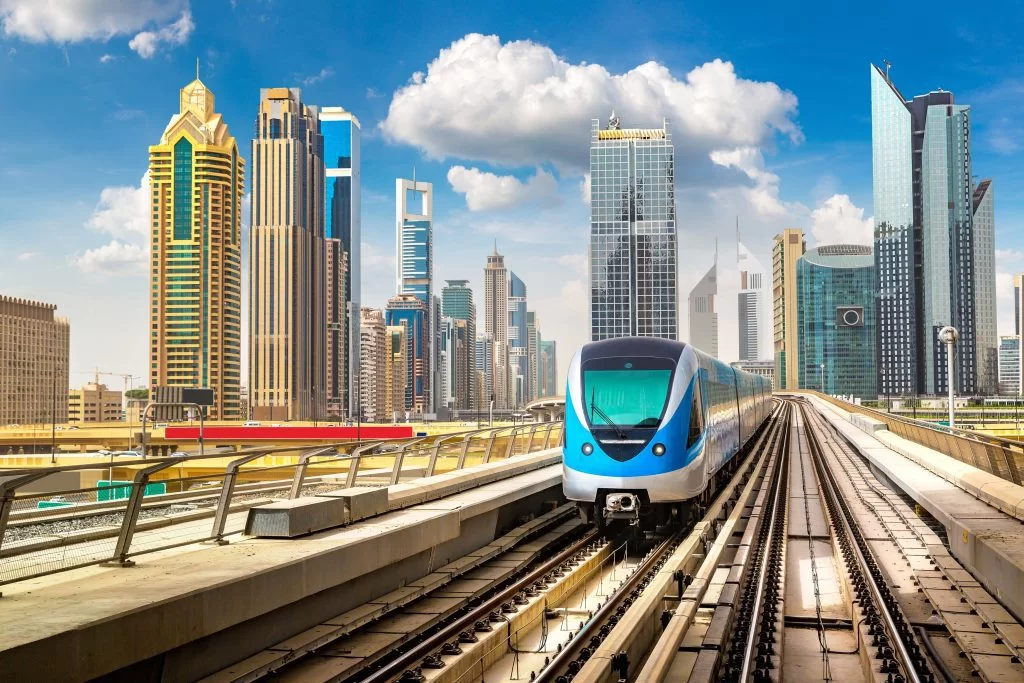The next decade is shaping up to be an interesting one, technologically speaking. We are already starting to see some of the trends that will dominate over the next ten years. In this blog post, we will take a look at ten of the most important technological trends that will shape the next decade. From artificial intelligence to quantum computing, these trends are sure to have a major impact on our lives!
- Artificial Intelligence

One of the most talked-about topics in technology today is artificial intelligence (AI). This is a broad term that covers a wide range of technologies and applications. AI can be used for everything from simple tasks like identifying objects in pictures to more complex tasks like driving cars or translating languages.
There is a lot of excitement around AI because it has the potential to transform our lives in many ways. For example, imagine being able to ask your smartphone any question and get an instant answer. Or imagine never having to worry about forgetting important information again because your personal assistant would remember it for you.
AI is already starting to transform many industries, and this trend is only going to accelerate in the next decade. We will see more AI-powered devices and applications enter the market, including everything from smart home assistants to autonomous vehicles. This technology will change the way we live and work, so it’s definitely one to watch out for!
2. Quantum Computing

Another exciting trend that will shape the next decade is quantum computing. Quantum computers are a new type of computer that are able to solve certain problems much faster than traditional computers. This is because they take advantage of the strange properties of quantum mechanics to perform calculations in parallel.
Quantum computers are still in their early stages, but they have the potential to revolutionize many industries. For example, they could be used to crack previously unbreakable codes, simulate complex chemical reactions, or even help design new drugs. We are already seeing some early quantum computers being used for things like large-scale data processing and code breaking. In the next decade, we will see even more powerful quantum computers being developed, and they will start to become more widely used in many different industries.
3. Augmented Reality

Augmented reality (AR) is another technology that is starting to gain traction and will likely have a big impact in the next decade. AR is similar to virtual reality (VR), but instead of being fully immersed in a digital world, you are able to see and interact with the real world around you, with digital objects being superimposed on top.
One of the most popular examples of AR is Pokémon GO, which was released in 2016. This game allows players to catch virtual Pokémon that appear in the real world using their smartphone cameras.
AR has many potential applications beyond gaming. For example, it could be used for training purposes, such as allowing surgeons to practice complicated procedures before performing them on real patients. It could also be used for educational purposes, such as giving students a more immersive learning experience. For example, you could use AR to see directions overlaid on your view of the road while driving, or information about products displayed while you are shopping. AR has a lot of potential applications, and it is starting to gain traction in both the consumer and enterprise markets. We will see more AR devices and applications enter the market over the next decade, as this technology matures and becomes more affordable.
4. The Internet of Things

The internet of things (IoT) is another trend that will have a big impact in the next decade. IoT refers to the growing network of physical devices that are connected to the internet. These devices can include everything from smartphones and wearable devices to home appliances and industrial machines.
The Internet of Things (IoT) refers to the network of physical devices that are connected to the internet. These devices can include everything from phones and computers to thermostats and coffee makers.
IoT devices are able to collect data and communicate with each other. This allows them to perform tasks such as automatically ordering more coffee when you run out or turning off your lights when you leave the house.
One of the benefits of IoT is that it allows us to collect data about how we use these devices, which can be used to improve our lives in many different ways. For example, imagine your fridge being able to track what food you have and automatically order more when you are running low. Or imagine your car being able to detect a flat tire and alert you before you even realize there is a problem.
IoT is already starting to transform many industries, such as healthcare, transportation, and manufacturing, and this trend is only going to accelerate in the next decade. We will see more AI-powered devices and applications enter the market, including everything from smart home assistants to autonomous vehicles. This technology will change the way we live and work, so it’s definitely one to watch out for!
5. Blockchain

Blockchain is a technology that enables secure digital transactions. It is best known for being the underlying technology behind Bitcoin, but it has many other potential applications.
Blockchain works by creating a digital ledger of transactions that is shared across a network of computers. This ledger is secure and cannot be tampered with, making it ideal for storing sensitive data.
In the next decade, we will see blockchain being used in a variety of different industries beyond just cryptocurrency. For example, it could be used to create tamper-proof records of medical procedures or land ownership. It could also be used to create digital contracts that are automatically enforced.
There are many different use cases for blockchain, and it is already starting to gain traction in a variety of industries. We will see more companies experiment with this technology in the next decade and we will see some innovative applications of it that we can’t even imagine today.
6. Big Data

Big data is another trend that will have a big impact in the next decade. Big data refers to the large, complex datasets that are becoming increasingly common in both the consumer and enterprise markets.
These datasets can be used to gain insights into everything from customer behavior to social trends. They can also be used to improve decision-making, optimize operations, and create personalized experiences.
In the next decade, we will see more companies collecting and using big data to improve their businesses. We will also see more AI applications being built on top of big data sets, in order to extract even more valuable insights.
This is definitely a trend worth paying attention to!
7. Voice Interfaces and Chabot’s

One of the most popular consumer technologies in recent years has been the voice assistant. These are AI-powered software programs that can understand and respond to human speech.
The most well-known examples are Amazon’s Alexa and Google’s Assistant, but there are many others on the market as well.
In the next decade, we will see more companies integrating voice assistants into their products and services. We will also see more businesses building Chabot’s, which are similar to voice assistants, but they communicate via text instead of speech.
This trend is already starting to transform the way we interact with technology, and it is only going to become more commonplace in the next decade. So, if you’re not already using a voice assistant or Chabot, you will be soon!
8. Cloud and Edge Computing

Cloud computing is a trend that has been around for a few years now, but it is still gaining momentum and it is definitely one to watch in the next decade.
Cloud computing refers to the use of remote servers to store, process, and manage data. This data can be accessed from anywhere in the world, as long as there is an internet connection.
One of the benefits of cloud computing is that it allows businesses to scale their operations quickly and easily. They can also save money on infrastructure costs by using someone else’s servers.
In the next decade, we will see more businesses moving to the cloud. We will also see the rise of edge computing, which is a similar concept but with data being processed closer to the source (i.e., on a device instead of in the cloud).
This trend is already starting to have a big impact on the way businesses operate, and it is only going to become more important in the next decade.
9. Virtual Reality (VR)

VR and AR are two technologies that are often lumped together, but they are actually quite different.
VR is a completely immersive experience where you are transported to a different world. AR, on the other hand, is an enhancement of the real world. It overlays digital information on top of the physical world.
Both VR and AR have been around for a few years now, but they are still in their early stages of development. In the next decade, we will see these technologies become more mainstream and we will start to see some really innovative applications for them.
For example, VR could be used for training simulations or educational experiences. And AR could be used for things like navigation or product customization.
The possibilities are endless, and we are just beginning to scratch the surface of what VR and AR can do.
10. Intelligent Spaces

An intelligent space is a physical environment that has been enhanced with sensors, actuators, and software to make it more responsive and adaptive.
In the next decade, we will see more businesses creating intelligent spaces. This trend is being driven by the increasing availability of affordable sensor technology and the need for better data management.
Intelligent spaces are already starting to pop up in a variety of places, such as office buildings, retail stores, and public parks. And as the technology continues to develop, we will only start to see more and more innovative applications for it.
So, if you’re looking to create a competitive edge for your business, then you should definitely keep an eye on this trend!
Conclusion
These are just a few of the many technological trends that will shape the next decade. So, if you want to stay ahead of the curve, you need to be aware of them and what they could mean for your business.
But more importantly, you need to be willing to experiment with new technologies and see how they can be applied to your specific industry. Because at the end of the day, it’s not about having the latest and greatest technology. It’s about using technology in a way that benefits your business and helps you achieve your goals.
So, there you have it! These are just a few of the many technological trends that will shape the next decade. What other trends do you think we should keep an eye on? Let us know in the comments below!










